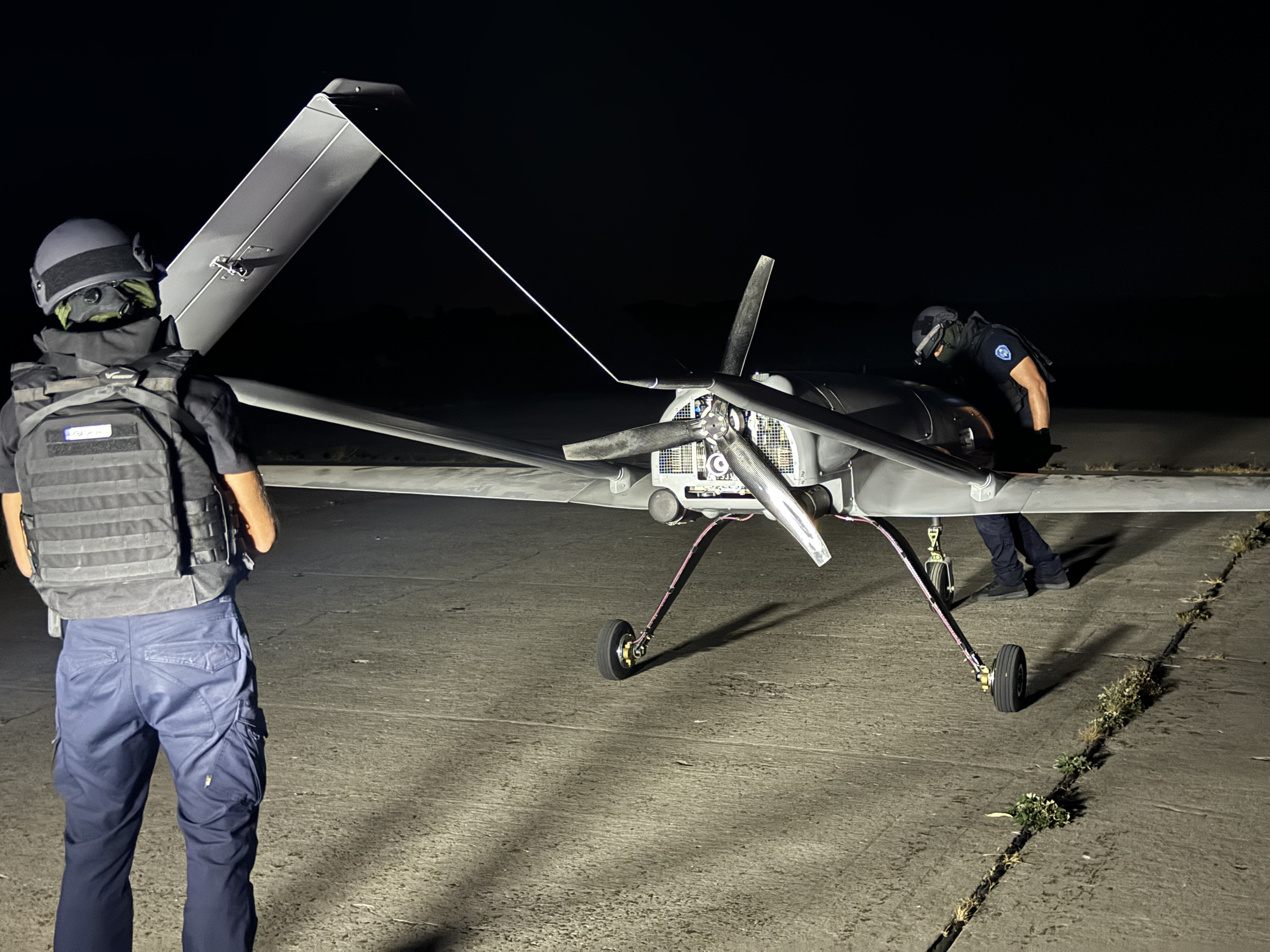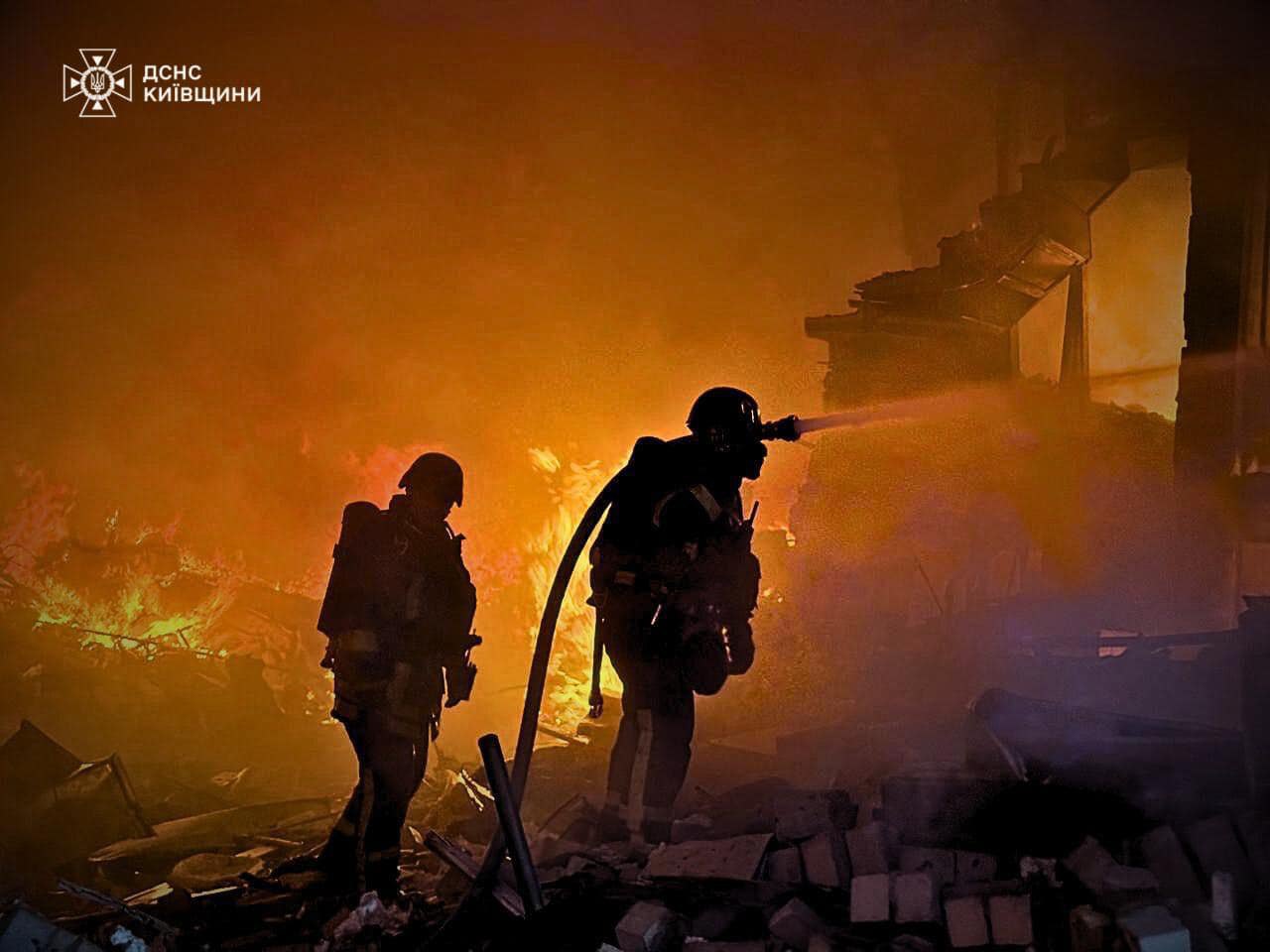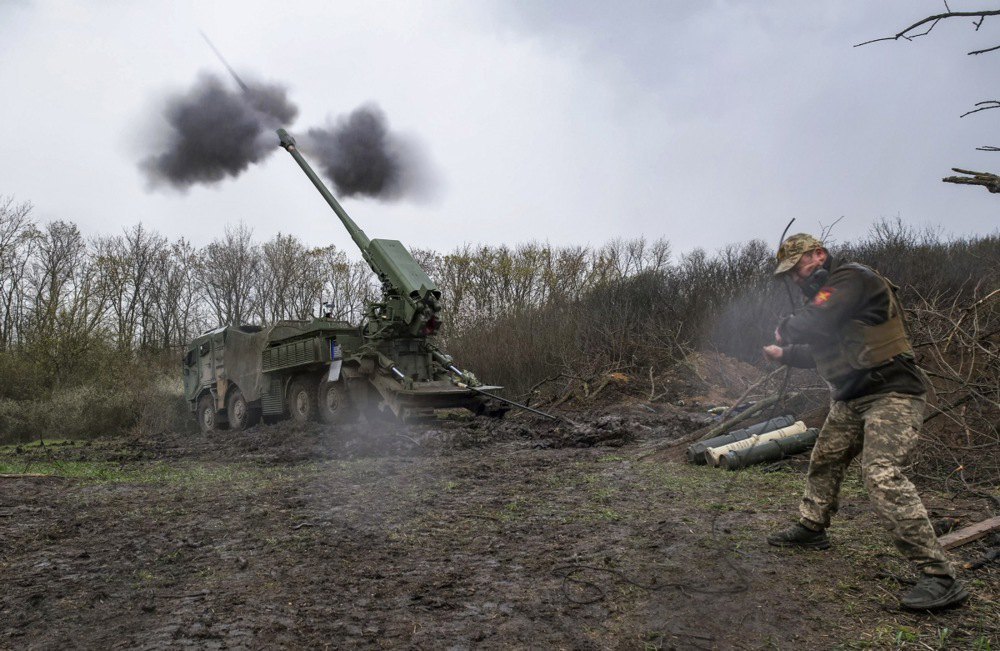
Although these losses are significant – the budget deficit continues to widen – companies such as KAMAZ and Gazprom Neft reported losses of 12.5 billion rubles and 21 billion rubles respectively in the first quarter. All coal enterprises in the Kuzbass region are currently operating below the point of profitability, with cumulative losses of 27 billion rubles.
There are countless such warning signs throughout the country – the Russian Federation appears determined to drive itself into collapse with deliberate force.
The cumulative impact of thousands of destroyed vehicles at the front, falling oil prices, high interest rates, an influx of Chinese goods and a severe labour shortage (with many either conscripted into the army or absorbed into the military-industrial complex) is placing immense pressure on Russian businesses. These factors are converging into a perfect economic storm.
Targeting critical bottlenecks – such as the production of batteries, fibre optics and military-grade chemicals – generates ripple effects across the system: job losses, reduced tax revenues, disrupted supply chains, missed delivery deadlines and resulting financial penalties.
The destruction of the Energia plant in Yelets, struck twice in targeted attacks, halted the supply of 18650 lithium-ion batteries – an essential component in a wide range of civilian and military technologies. Their absence immediately triggers broader market disruptions.
This translates into direct financial losses that Russian oligarchs will be forced to cover personally – a strategic blow, as the costs of war are redirected to those who once cheered their so-called ‘genius’ leader.
There are also immediate military consequences: combat operations without functioning batteries for the ‘Eagle’ surveillance system, a shortage of backup power for drones, and even disruptions to civilian equipment such as radios and nightlights.
This campaign demonstrates thoughtful strategic planning.
Beyond material damage, three consecutive days of drone incursions have undermined loyalty in Russia’s most economically developed Regions. It is no coincidence that prisoners and contract soldiers are increasingly used on the frontlines, that covert mobilisation is occurring in peripheral and economically depressed areas, and that foreign mercenaries – including North Koreans – are being recruited en masse.

The regime’s core support base, after all, must be shielded from discontent at all costs.
Despots such as those in the Kremlin survive only through the satisfaction of a narrow circle: security forces, individuals linked to the military-industrial complex, those controlling raw materials and supplying intelligence to the government, and businesses directly aligned with Kremlin interests – and no one else.
Most Moscow residents likely remain convinced that the so-called cheerful expeditionary war is proceeding according to plan. They continue to enjoy crab dumplings at Lepim i Varim and make use of car-sharing services without concern.
The ongoing mobilisation, the influx of Korean fighters, mercenaries from Nepal and Africa, and three years of brutal combat in Donetsk Region – all of this is accepted as part of the plan.
Or so one assumes.
Then reality intrudes: no communication on the ‘Patricks’, delayed deliveries, postponed flights to the beloved resorts of Thailand, and drones striking Patriot Park – a location that once showcased captured NATO equipment, now visibly damaged.
Indeed, the hardships of war have become undeniable. Pilots, in a state of panic, mistakenly shoot down their own aircraft during take-off – this is the reality unfolding outside Russian windows in 2025.
And still the plan persists: to continue fighting in Tyotkino for a third consecutive year, and to endure yet more drone strikes in Tula.
A recent attempt to intercept drones using an Mi-8 helicopter ended in tragedy – the aircraft crashed, killing an experienced pilot and gunners.
Each incident chips away at the Kremlin’s strength – trained personnel, operational equipment, engine resources, and maintenance capacity are all gradually depleted.
Such is the nature of demilitarisation: the number of drone strikes on Russian territory continues to rise with each passing month.
The strike on Novomoskovsk Azot – a facility central to Russia’s explosives production cycle – serves as a stark example. The attack damaged the urea processing unit, acid storage tanks, a gas pipeline and the synthesis workshop.
Even the most indoctrinated minds – numbed by relentless propaganda – are beginning to grasp the reality. The sound of Ukrainian long-range drones overhead speaks louder than any government message, especially when the only response is a wife’s panicked screaming over the phone.
It is one thing to bomb drone-manufacturing workshops in Ukraine while boasting through the mouths of Medvedev and the Ministry of Defence.
It is quite another to comprehend that sending one hundred drones a night – two-thirds of which are intercepted, diverted by electronic warfare, or detonated upon impact with a tree – is wholly inadequate against a nation the size of Ukraine.
There is also the issue of garage-based assembly operations – immune to precision strikes and accessible only through indiscriminate carpet bombing. Alongside these are underground facilities and what has become known as the Coalition of Drones.
Attempting to destroy even two hundred Shahed drones in a single night is akin to lashing out at a forest in the hope of killing every mosquito.
This is why Kyiv endured two consecutive nights of heavy strikes – dense waves of Shaheds launched through several Regions, supported mid-assault by Iskander missiles.
The intention is clear: to see the skies churn above the people of Kyiv and to have fire rain down upon them – destruction and panic broadcast live on television.

There was also the strike on the bakery in Sumy. Attacks on terminals in Odesa. Bombardments of Mykolayiv and Kharkiv.
Moscow’s objectives have once again become moral in nature.
Having failed to dismantle Ukraine’s energy infrastructure, disrupt gas production or neutralise the military-industrial complex, the Kremlin has now shifted focus – to an assault on morale.
Why has the military-industrial complex remained operational? The evidence is visible even in open sources.
It is not only reflected in the growing number of drone strikes on Tula or activity at the Migalovo airfield in Tver.
Ukraine is now producing up to 20 Bohdana self-propelled artillery units per month. Locally manufactured trailered howitzers are appearing at the front. Naval drones equipped with MLRS are targeting and destroying ammunition depots. Plans are underway to produce one million artillery shells per year within Ukraine – in collaboration with international partners.

To put this in perspective: one million shells is more than the United States currently produces.
These are not mere figures – they represent serious capital investment in explosive manufacturing plants, metal hardening facilities, and assembly lines. The West is clearly confident that Moscow will not regain control over this capacity.
Joint ventures are being established in Ukraine on a monthly basis – with German, French and Spanish partners actively involved.
There is no indication that Russia’s strategic campaign is achieving any goal beyond inflicting civilian suffering and incurring billions of dollars in missile-related expenditure.
The most recent focus in Kyiv was the Antonov plant – the site of multiple impacts and subsequent fires. It is likely the intended target was the production of long-range drones, which have increasingly frustrated the Russian Armed Forces’ operational plans.
But to destroy such a facility requires far more than fourteen half-tonne Iskander missiles – six of which were intercepted.
This is not difficult to verify. One need only examine any commercial satellite image of the Malyshev Plant or the chemical facility in Pavlohrad – both have already endured dozens of waves of missile and barrage munition strikes.
Only a few workshops have sustained hits. On the whole, there is no evidence that production has ceased – roofs show isolated scorch marks, some boilers are damaged, and a few buildings display structural degradation.
Or consider the continued traffic across the bridge in Zatoka, despite more than twenty strikes.
Similarly, even after hundreds of attacks on the ports of Greater Odesa, dry cargo vessels are docking regularly, and transshipment operations remain ongoing.
Despite constant “shakedowns” at Danube ports, Ukraine has reached pre-war levels of grain transshipment. The enemy has, in fact, ceased attempts to strike these sites – everything operates on wheels, is highly mobile, and cannot be effectively targeted with the available arsenal.
We are learning how to live amid war. We sweep up broken glass and go to work.
We take our children to bomb shelters and donate for Magura drones.

We mourn our dead – and seek retribution.
One distinct advantage we possess is the Drone Coalition.
It produces and assembles engines, sensors, cameras, and various firmware for strike UAVs and AI systems in the European Union and Canada.
German-developed AI drones are now being used to target and destroy Russian air defences – including scarce systems such as the Buk.
The Switchblade 600 units, part of contracts dating back to the Biden administration, have begun disabling Russian launchers and radar installations.
We are also supported by a range of logistical platforms from the United Kingdom, Australia, and Canada – used for night-time supply drops, mine-laying, and cargo transport.
There is no doubt that the success of many of these precise strikes is closely linked to the use of satellite intelligence provided by NATO allies, Western-manufactured technology, and the vast civilian market for drone components. This infrastructure allows for rapid upscaling – it is modular by design.
To this, we add procurement from China – Russia’s so-called strategic partner. Its president may watch Victory Day parades alongside Putin, but Chinese companies continue to profit from UAV sales to Ukraine.
Crucially, domestic production in Ukraine is booming. Tens of thousands of skilled workers armed with soldering irons and screwdrivers are performing technological feats – causing explosions in Tula, Elabuga, the Bolkhov Semiconductor Plant, and the Energia facility in Yelets.
The recent large-scale strike on Ukraine, which killed twelve people, is yet another sign that we have struck a nerve – we have located the Kremlin’s most vulnerable point.
Unable to reach the source of their torment, Russia retaliates the only way it knows how – through acts of terror.







